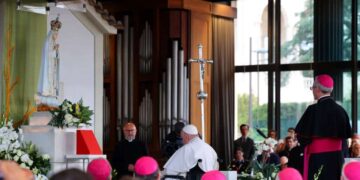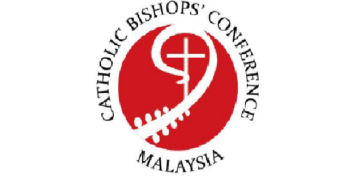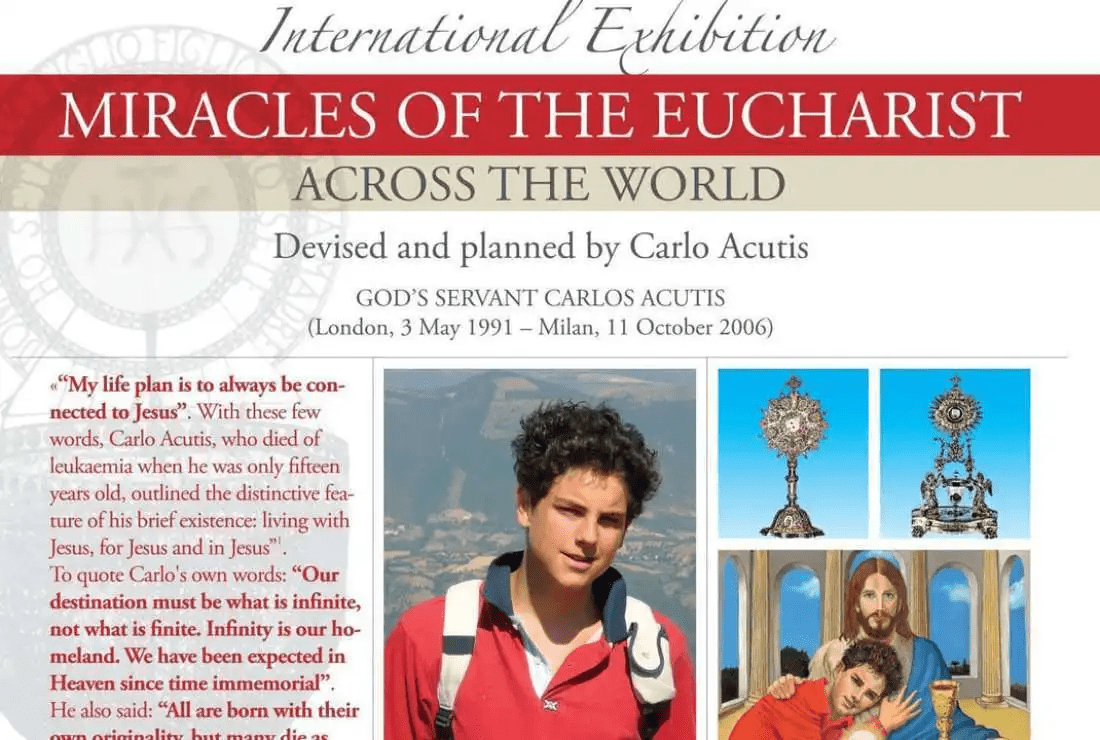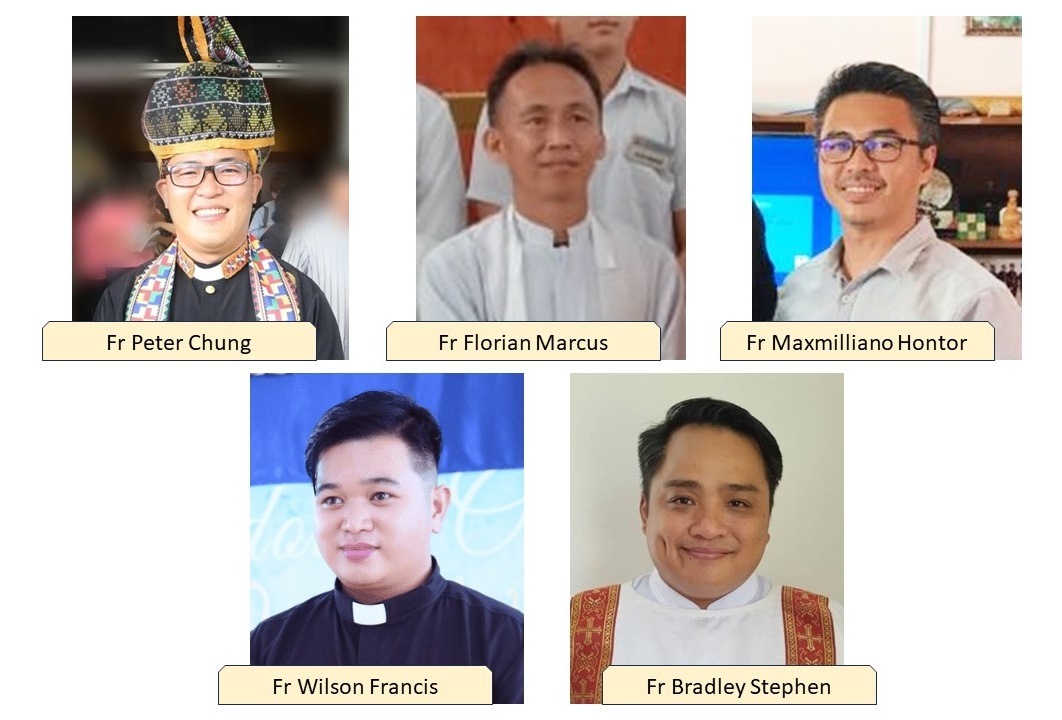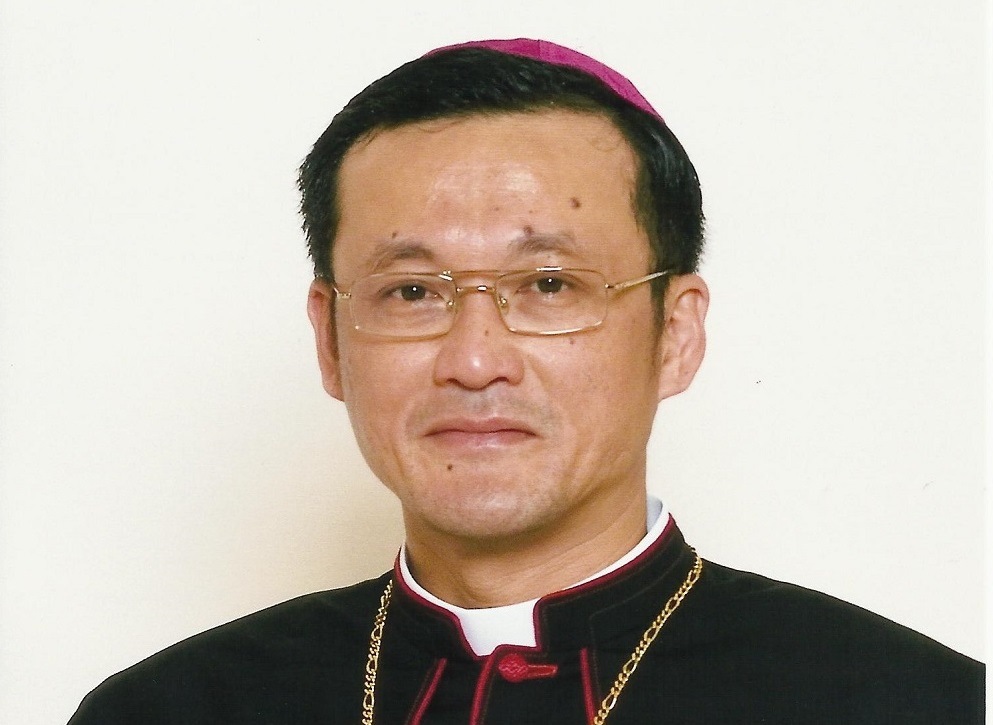Eucharistic miracles catalogued by Blessed Carlo Acutis are being displayed in Macau from June 17 to July 31. (Photo: St. John the Evangelist Catholic Church, Indiana, United States)
By UCA News reporter
June 20 2022
Blessed Carlo Acutis documented and catalogued miracles before his death in 2006.
Macau has become the first Asian diocese to host the international exhibition that Italian teenage Blessed Carlo Acutis created to spread Eucharistic devotion.
The Catholic Cultural Association of Macau Diocese launched the exhibition at the Diocesan Center in the former Portuguese colony on June 17. It will run until July 31, reports Macau’s Catholic weekly Jornal O Clarim.
The exhibition titled “Eucharistic miracles in the world” showcases 17 photographic exhibits of miracles approved by the Catholic Church. These include revelations that took place in Lanciano and Bolsena in Italy, and more recently in Buenos Aires, Argentina.
This church-approved international exhibition is being sponsored and promoted globally by the Milan-based Association of the Friends of Carlo Acutis.
The exhibition is considered one of the greatest legacies of Carlo Acutis, an English-born Italian Catholic youth and computer programmer who was famed for documenting Eucharistic miracles around the world before his death from leukaemia in 2006 at the age of 15.
The Vatican beatified and declared him blessed on Oct. 10, 2020, just one step away from sainthood.
“These Eucharistic miracles approved by the Church help us to go beyond the visible and the perceptible and allow us to admit the existence of something that is beyond”
Joni Cheng, director of the Catholic Cultural Association, said the exhibition is an opportunity for people to understand the Eucharistic miracles that go beyond human reason.
“These Eucharistic miracles approved by the Church help us to go beyond the visible and the perceptible and allow us to admit the existence of something that is beyond. Since they are recognized as an extraordinary event, Eucharistic miracles have no scientific explanation,” said Cheng.
The exhibition has received a warm response from Catholic communities worldwide. Congregations, dioceses and church associations are promoting the exhibition to help the faithful understand the importance of the Eucharist.
“This exhibition has already been open to the public on five continents in thousands of parishes and more than 100 universities. It was also promoted by several episcopal conferences. Important basilicas and shrines also hosted Carlo’s exhibition. One among them is the Sanctuary of Our Lady of Fátima,” Joni Cheng said.
A Eucharistic miracle consists of unexplainable phenomena wherein the consecrated hosts are transformed into myocardium tissue, preserved for extended periods, surviving being thrown into a fire or bleeding.
While celebrating Mass in Bolsena, the sacred host bled. The incident strengthened the faith of the priest and garnered widespread attention from Catholics worldwide
The Church investigates such cases in depth before deciding if they are “worthy of belief.”
A visit to an exhibition in Rimini, Italy, in 2002 inspired Carlo Acutis to create a website to catalogue all church-approved Eucharistic miracles.
His documented miracles include one that happened in Bolsena of Italy in 1263 that prompted the Catholic Church to expand the Solemnity of the Corpus Christi (Most Holy Body and Blood of Christ) across the globe.
The incident involved a priest, Peter of Prague, who was on a pilgrimage to visit the tomb of St. Peter in Italy.
The priest had doubts about the real presence of Jesus in the Eucharist. While celebrating Mass in Bolsena, the sacred host bled. The incident strengthened the faith of the priest and garnered widespread attention from Catholics worldwide. – UCA News










